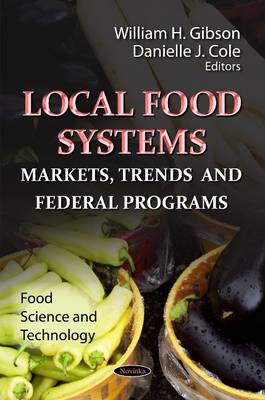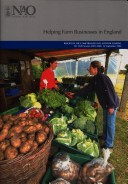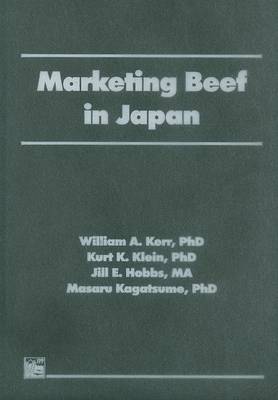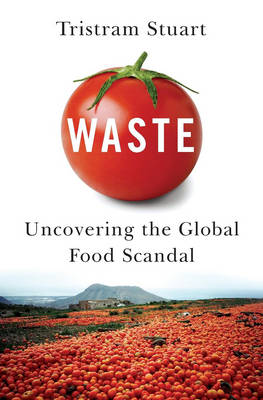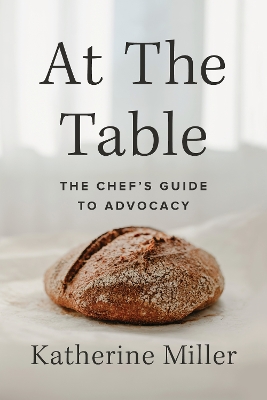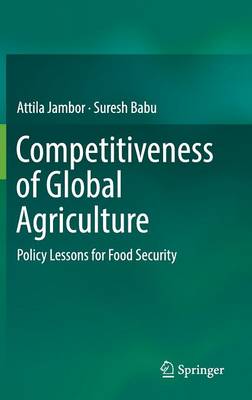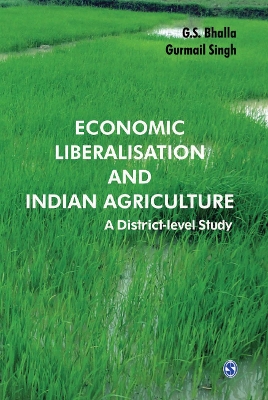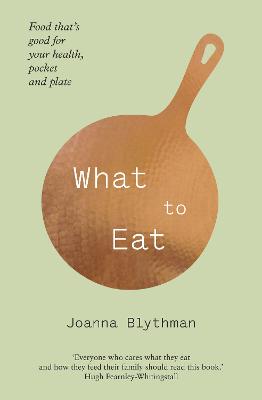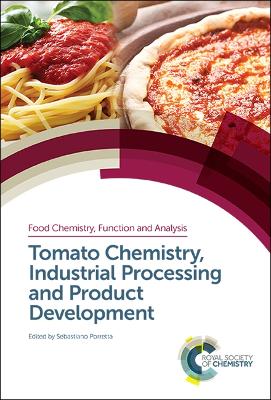Haccp & Sanitation in Restaurants and Food Service Operations
by Lora Arduser and Douglas R. Brown
I'm a Short Order Cook Not a Miracle Worker
by Creative Juices Publishing
Lost Restaurants of Louisville
by Stephen Hacker and Michelle Turner
Sales of locally produced foods comprise a small, but growing, part of U.S. agricultural sales. The U.S. Department of Agriculture(USDA) estimates that farm-level value of local food sales totalled about $4.8 million in 2008, about 1.6% of the U.S. market for agricultural products. An estimated total of 107,000 farms were engaged in local food systems, about 5% of all U.S. farms. This book provides background on local and regional food systems, focusing on available data on direct-to-consumer sa...
Agricultural Trade Policy in Developing Countries During Take-off (Oxfam Research Reports)
by Michael Stockbridge
A number of recent books, magazines, and television programs have emerged that promise to take viewers inside the exciting world of professional chefs. While media suggest that the occupation is undergoing a transformation, one thing remains clear: being a chef is a decidedly male-dominated job. Over the past six years, the prestigious James Beard Foundation has presented 84 awards for excellence as a chef, but only 19 were given to women. Likewise, Food and Wine magazine has recognized the tale...
Environment and Agriculture in a Developing Economy
by Mohammad Alauddin and Mosharaff Hossain
This book comprehensively examines the performance of Bangladeshi agriculture in light of the most recent thinking on economic development and the environment. It both analyses the experience during the last five decades and discusses the major issues and challenges with special emphasis on the prospects for sustainable agricultural development in the future.The authors emphasise the importance of distributional aspects of environmental change and development in relation to employment and povert...
A series of books on topics of particular relevance to A level specifications. Agricultural Change in Developed Countries is part of the A level Update series and features topics such as demand, supply and agricultural change, farming systems and agricultural regions and changes in agricultural trade and flood aid.
Helping Farm Businesses in England (House of Commons Papers, No. 1028 (Session 2003-2004))
Marketing Beef in Japan
by William A. Kerr, Kurt K. Klein, Andrew D O'Rourke, Jill E. Hobbs, and Masaru Kagatsume
The authors investigate the market for beef in Japan. Using simply explained economic concepts, they analyze each of the main determinants of the demand for beef in Japan to provide the reader with an in-depth understanding of this enigmatic market. Each chapter analyzes a specific aspect of the beef market--price, foreign competition, or the impact of culture and history--and the resulting effects. Marketing Beef in Japan is a succinct summary of the latest information and thought on this compl...
With shortages, volatile prices and nearly one billion people hungry, the world has a food problem—or thinks it does. Farmers, manufacturers, supermarkets and consumers in North America and Europe discard up to half of their food—enough to feed all the world's hungry at least three times over. Forests are destroyed and nearly one tenth of the West's greenhouse gas emissions are released growing food that will never be eaten. While affluent nations throw away food through neglect, in the developi...
Grabbing the low-hanging fruit is no longer acceptable. ZICO Coconut Water founder Mark Rampolla argues that when you choose to reach higher, you can build an incredible business, be profitable, and maybe even change the world. In 2004, Mark Rampolla was successful by most standards. There was just one problem: He wasn’t inspired in his job and believed he had something more to contribute to the world. When he asked himself, "What do I have to offer that will improve the world?" Rampolla realize...
When Katherine Miller was first asked to train chefs to be advocates, she thought the idea was ludicrous. This was a group known for short tempers and tattoos, not for saving the world. But she quickly learned that chefs and other leaders in the restaurant industry are some of the most powerful forces for change in our troubled food system. Chefs are leading hunger relief efforts, supporting local farmers, fighting food waste, confronting racism and sexism in the industry, and much more. In At...
Bittersweet charts the story of a great preserves empire and the extraordinary man at its heart. In a life that spanned the Victorian era of idealism and invention, William Pickles Hartley rose from comparatively humble beginnings to create one of the largest preserves firms in the world. With purpose built factories in Liverpool and London, Hartley's was the market leader, renowned for the superior quality of its products. William Hartley, however, was not simply a profi t-seeking businessman....
The book combines food security and agricultural competitiveness issues and treat them together. It starts with definitions and evolution of both concepts, followed by reviews on global and regional food security challenges. The book identifies global agricultural trade and competitiveness patterns and uses it as a basis for analysing global food security. Further, the book also identifies countries/regions/products groups and develops a typology of agricultural competitiveness, giving policy le...
Economic Liberalisation and Indian Agriculture
by G S Bhalla and Gurmail Singh
Economic Liberalisation and Indian Agriculture is an in-depth study that throws light on the changes in Indian agriculture post the economic liberalisation of early 1990s. It provides a district-wise analysis on agricultural growth in India from the beginning of liberalisation to the period of slowdown in agriculture and rising farmer distress. The study undertakes an analysis of the spatial patterns of change in Indian agriculture at the state level during 1962-65 to 2005-08. The authors make...
Covering all our pressing food dilemmas, the award-winning food writer leads the way to sensible and practical choices about what to eat. Food should be one of life's greatest pleasures, yet increasingly, the choices facing consumers have become increasingly problematic. As well as having to think about what food may, or may not, be doing to you and yours, twenty-first century eaters have to think about what impact the food we eat is having on the environment, farm animals and food produ...
Tomato is one of the most widespread horticultural species in the world. Used in a wide and diverse range of forms, from being suitable for consumption fresh to use as a manufactured derivative, e.g. sauce, peeled, juices, ketchup, etc., it is hard to imagine tomato-free cuisine. With many national traditions and dishes based on this culinary vegetable, it is said to be one of the symbols of Mediterranean cuisine. This book looks at the many changes that are taking place in the tomato market and...
Agricultural Marketing Enterprises for the Developing World
by John C. Abbott
This textbook, published in 1987, presents a selection of marketing enterprises, drawn from throughout the tropics, which succeeded under the conditions prevailing in developing countries. They include the whole range of marketing systems from indigenous private enterprise, through transnationals as joint ventures, to co-operatives and parastatal organisations. They have also been selected to reflect the handling of the various agricultural products and the successive phases in the marketing ope...
Food Preparation and Food Science in the Laboratory
by Deborah Piland and Sarah Murray




